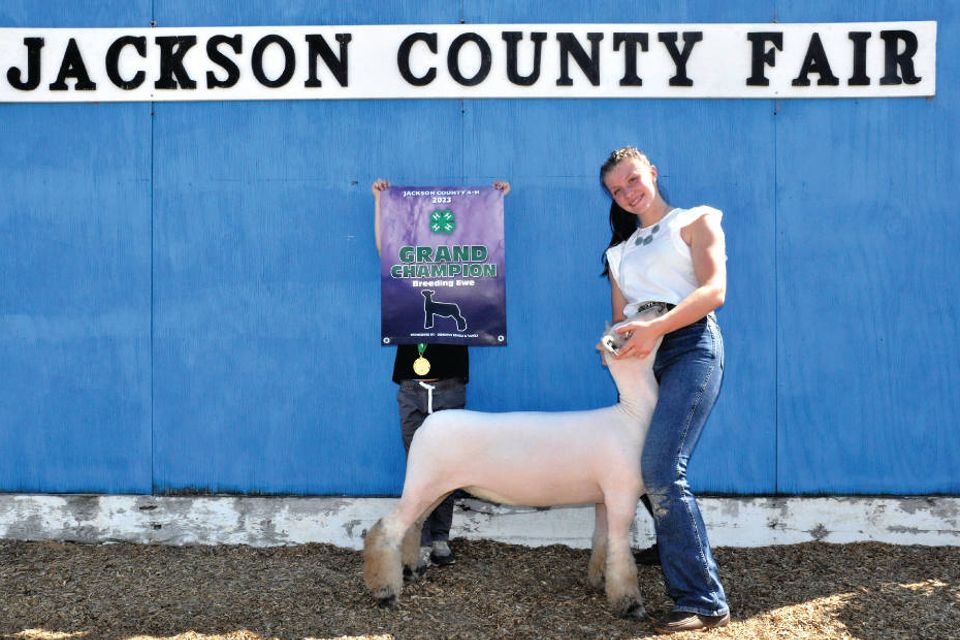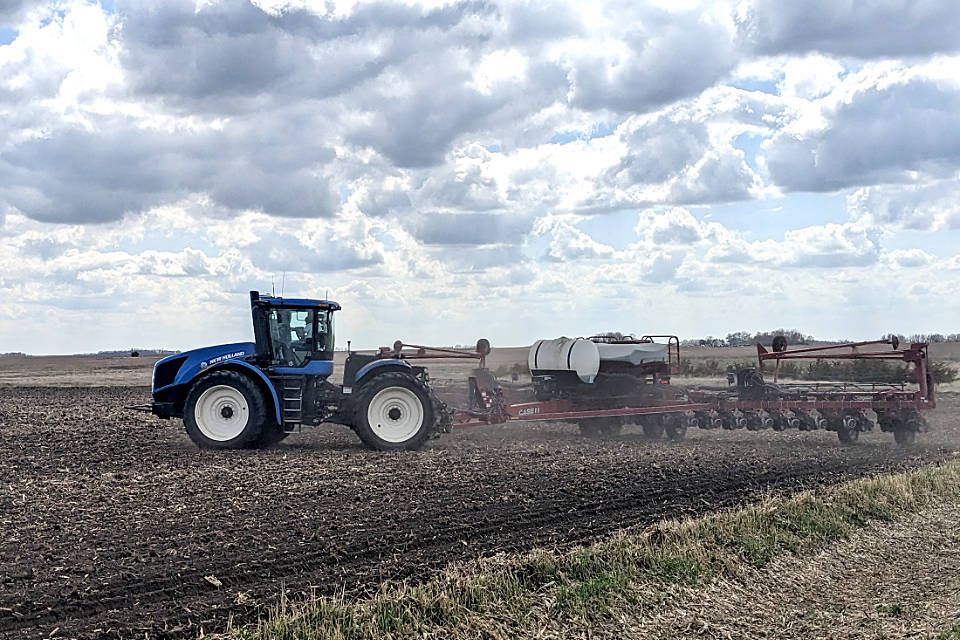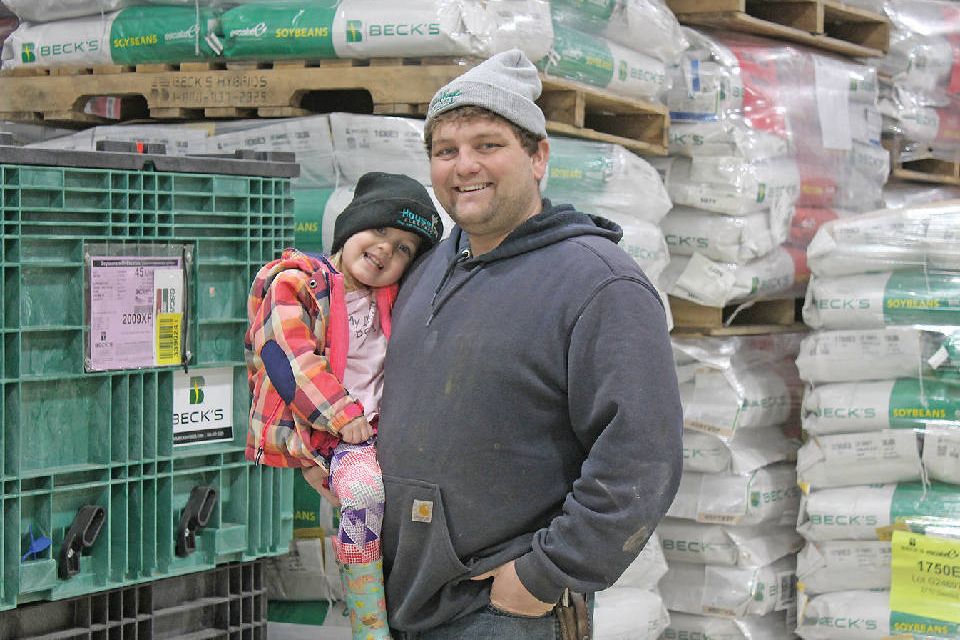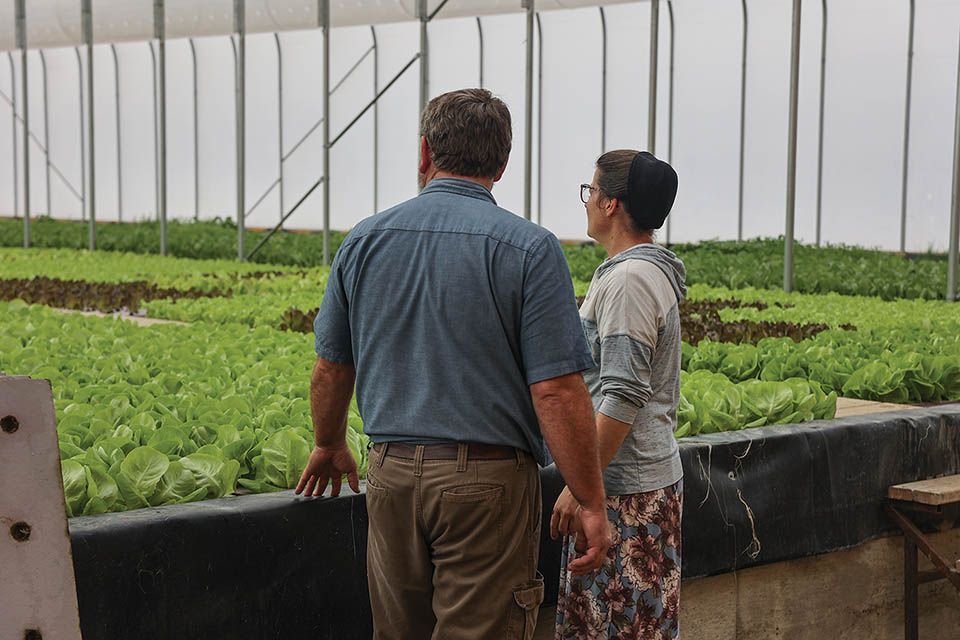Maker's Way Fiber Mill
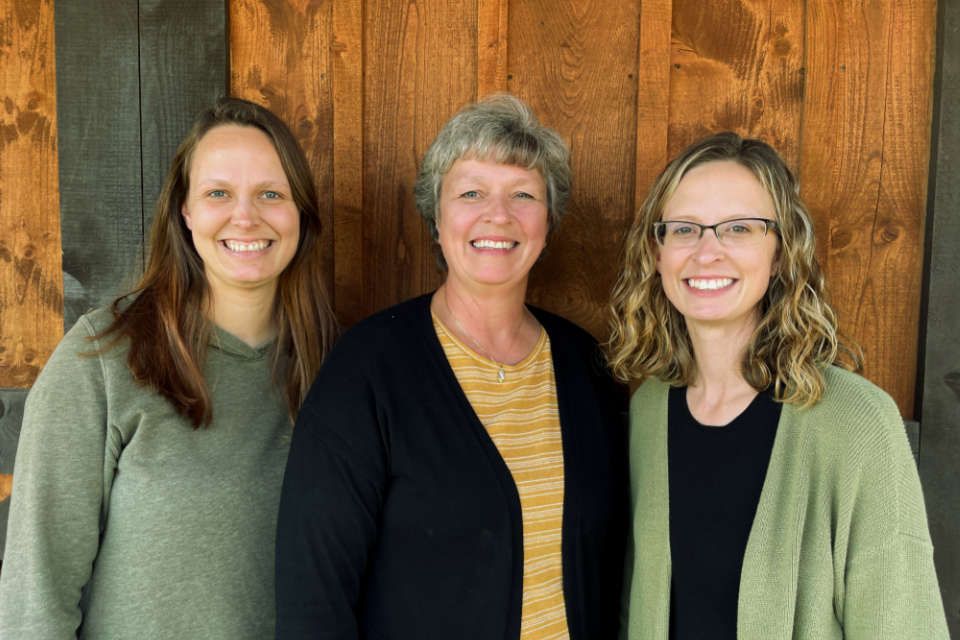
By Sirrina Martinez
Since 2021, the Maker's Way Fiber Mill in Brandon, S.D. has been serving the tri-state area and beyond, processing fiber from a variety of animals, including alpaca, llama and sheep. Some of their customer orders come from as far as Georgia, California, Montana and Idaho. Elizabeth Davelaar, who co-owns the mill with her mother and sister, Kari Davelaar and Erin Van Nieuwenhuyzen, said that the idea to start the mill came from a personal need to find a way to process her own materials.
"We started the mill because I couldn't find any local yarn in the area that I could use with the plants I was foraging and using for dye," she said. "This led me to a mill in North Dakota and I went to intern for a day. From there, I got my mom, Kari and my sister, Erin, involved. We purchased the equipment online through Facebook Marketplace and officially opened the mill in October of 2021."
The inspiration for the mill's name, Davelaar said, came from a two-fold idea.
"First, we do about 60% custom processing for people," she said. "We love to work with people to create the products that they can use or sell themselves. We make it the 'makers way.' The second part is that we are all Christians, and we believe in using natural fibers and honoring God in how we operate and make our products."
Around 60% of the mill's processing efforts consists of custom processing for farmers, and the remaining 40% of processing is done for the creation of the mill's own products to sell, Davelaar said.
At a high level view, processing animal fibers has a few steps. First, farmers will shear their animal, remove any fecal matter and vegetation that is stuck to the fiber and then send it to the mill. There, it is washed in hot water with a scouring detergent before being air dried. From there, it goes through a picker and carder, which opens up the fiber and brushes it into a more usable product. Next, all the fibers are combed into the same direction, Davelaar said, when it is run through a pin drafter. Finally, the fiber is spun into single threads and those threads are then plied into yarn.
The biggest factors that the mill looks for to identify quality wool or fiber for processing into yarn is staple length, Davelaar said. The staple length needs to be 3.5" or more. Other signs of quality fiber are a lack of "weak spots" in the fiber, and how fine it is. There are many factors, but these are the three biggest.
There are a few things that customers should consider before bringing their fiber to the mill, Davelaar said.
"We recommend that fiber is skirted well before it is brought to us," she said. "This means that all manure and vegetation is removed. Not only will this save customers money in the long run, but it also makes the best products. A good rule of thumb is if you don't want it in your finished fiber, don't send it to the mill. We do our best with every fleece we are sent, but our equipment won't get all of the vegetation out of the fiber."
Farmers who are interested in sending their products to the Way Maker's Fiber Mill should keep in mind that their lead time for processing can run eight months to a year, which is standard for the industry, Davelaar said. At this time they are only accepting a small number of new clients for the upcoming year.
Aside from selling their own processed yarn, the mill sells a variety of items on their website including knit hats, felted insoles, dried marigolds for natural product dying, felt coasters, eco-friendly dryer balls, bird nest starters and more.
Since 2021, the Maker's Way Fiber Mill in Brandon, S.D. has been serving the tri-state area and beyond, processing fiber from a variety of animals, including alpaca, llama and sheep. Some of their customer orders come from as far as Georgia, California, Montana and Idaho. Elizabeth Davelaar, who co-owns the mill with her mother and sister, Kari Davelaar and Erin Van Nieuwenhuyzen, said that the idea to start the mill came from a personal need to find a way to process her own materials.
"We started the mill because I couldn't find any local yarn in the area that I could use with the plants I was foraging and using for dye," she said. "This led me to a mill in North Dakota and I went to intern for a day. From there, I got my mom, Kari and my sister, Erin, involved. We purchased the equipment online through Facebook Marketplace and officially opened the mill in October of 2021."
The inspiration for the mill's name, Davelaar said, came from a two-fold idea.
"First, we do about 60% custom processing for people," she said. "We love to work with people to create the products that they can use or sell themselves. We make it the 'makers way.' The second part is that we are all Christians, and we believe in using natural fibers and honoring God in how we operate and make our products."
Around 60% of the mill's processing efforts consists of custom processing for farmers, and the remaining 40% of processing is done for the creation of the mill's own products to sell, Davelaar said.
At a high level view, processing animal fibers has a few steps. First, farmers will shear their animal, remove any fecal matter and vegetation that is stuck to the fiber and then send it to the mill. There, it is washed in hot water with a scouring detergent before being air dried. From there, it goes through a picker and carder, which opens up the fiber and brushes it into a more usable product. Next, all the fibers are combed into the same direction, Davelaar said, when it is run through a pin drafter. Finally, the fiber is spun into single threads and those threads are then plied into yarn.
The biggest factors that the mill looks for to identify quality wool or fiber for processing into yarn is staple length, Davelaar said. The staple length needs to be 3.5" or more. Other signs of quality fiber are a lack of "weak spots" in the fiber, and how fine it is. There are many factors, but these are the three biggest.
There are a few things that customers should consider before bringing their fiber to the mill, Davelaar said.
"We recommend that fiber is skirted well before it is brought to us," she said. "This means that all manure and vegetation is removed. Not only will this save customers money in the long run, but it also makes the best products. A good rule of thumb is if you don't want it in your finished fiber, don't send it to the mill. We do our best with every fleece we are sent, but our equipment won't get all of the vegetation out of the fiber."
Farmers who are interested in sending their products to the Way Maker's Fiber Mill should keep in mind that their lead time for processing can run eight months to a year, which is standard for the industry, Davelaar said. At this time they are only accepting a small number of new clients for the upcoming year.
Aside from selling their own processed yarn, the mill sells a variety of items on their website including knit hats, felted insoles, dried marigolds for natural product dying, felt coasters, eco-friendly dryer balls, bird nest starters and more.

